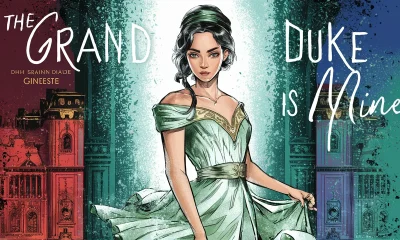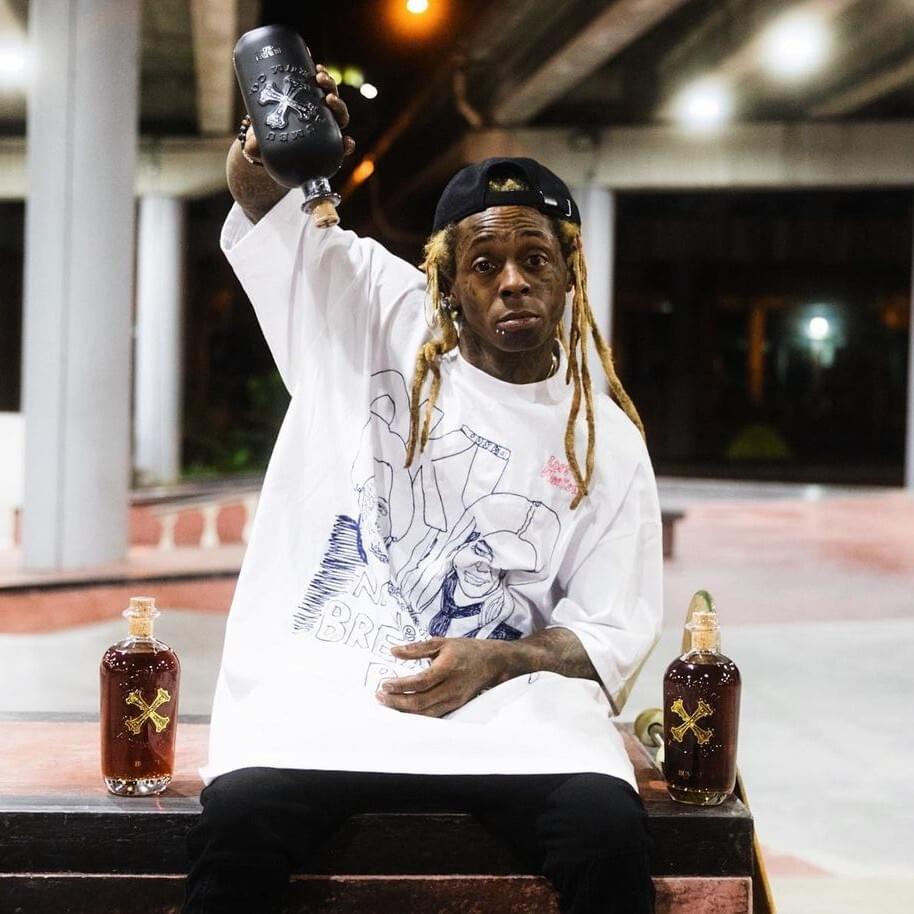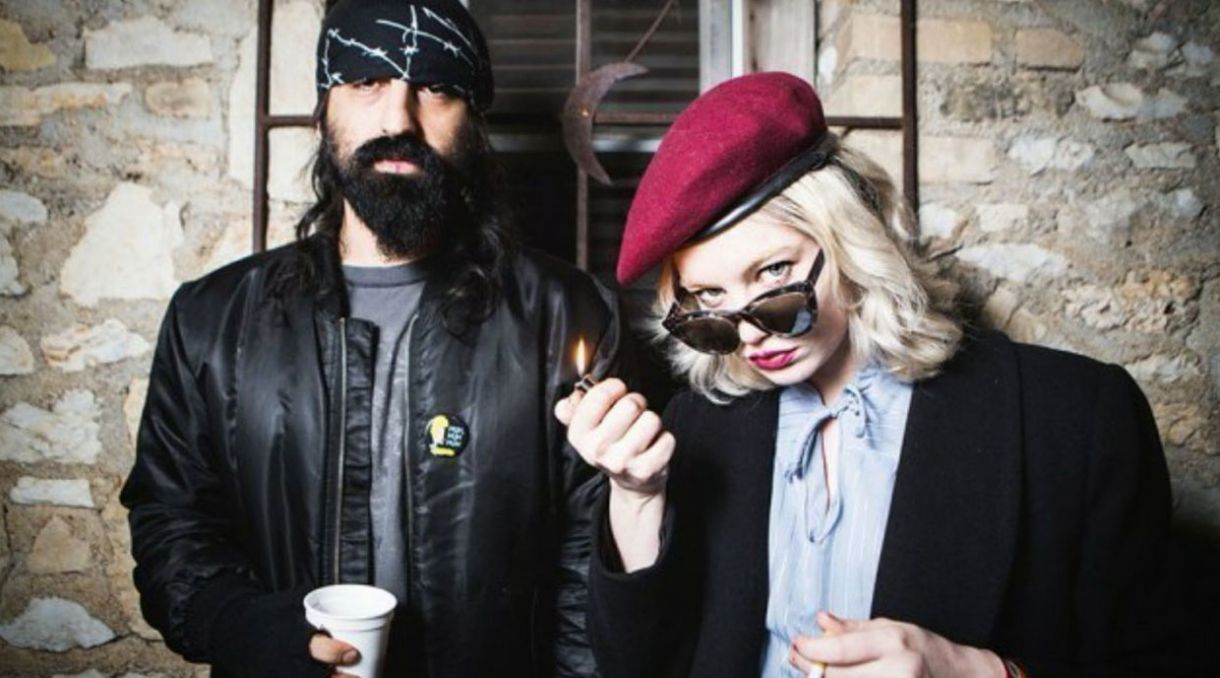The Renaissance, a period of cultural rebirth in Europe spanning roughly the 14th to 17th centuries, was marked by extraordinary advancements in art, science, and thought. Iconic figures like Leonardo da Vinci, Michelangelo, and Raphael shaped the art world with their mastery of technique and their ability to convey profound human emotions. In modern times, a unique movement has emerged that draws inspiration from this historic era: Renaissance art rappers. These artists seamlessly blend the intricacies of Renaissance aesthetics with the rhythm, poetry, and energy of contemporary hip-hop.is fusion not only highlights the versatility of hip-hop as a genre but also underscores the timeless relevance of Renaissance art. By exploring how these two worlds intersect, we uncover a cultural bridge that connects the innovation of the past with the creativity of the present.
The Genesis of Renaissance Art Rap
The concept of merging Renaissance art with rap might seem unconventional, yet it finds its roots in the inherent parallels between the two. Both serve as mediums for self-expression and societal commentary, often challenging the norms of their times. While Renaissance art was a reaction to the rigid structures of the Middle Ages, hip-hop emerged as a voice for marginalized communities in the 20th century.
Artists like Kanye West, Lupe Fiasco, and Kendrick Lamar have occasionally drawn on classical art and themes in their work. Kanye’s My Beautiful Dark Twisted Fantasy album cover, for example, features painterly aesthetics reminiscent of Renaissance art. Similarly, Kendrick Lamar’s To Pimp a Butterfly intertwines complex narratives with imagery evocative of grand historical tableaux.
However, a distinct subculture of Renaissance art rappers has taken this concept further. These artists don’t merely reference classical aesthetics; they immerse their music, visuals, and lyrics in the ethos of the Renaissance.
Characteristics of Renaissance Art Rappers
Renaissance art rappers are defined by their ability to integrate classical motifs into their modern craft. Here are some key elements that characterize their work:
1. Lyricism Inspired by Renaissance Literature
Renaissance art rappers often incorporate themes from literature and philosophy of the era. References to Dante’s Divine Comedy, Machiavelli’s The Prince, and Shakespeare’s plays are common. Their lyrics echo the intellectual curiosity and depth that defined the Renaissance.
2. Visual Aesthetics
The music videos and album art of these artists frequently draw from Renaissance masterpieces. For instance, they may reinterpret Michelangelo’s The Creation of Adam or Botticelli’s The Birth of Venus with modern settings, emphasizing the universality of these works.
3. Fusion of Classical and Modern Sounds
Renaissance art rappers experiment with orchestral arrangements, harpsichords, and other instruments from the period, blending them with contemporary beats and bass lines. This unique soundscape creates a musical experience that feels both ancient and futuristic.
4. Social and Political Commentary
Just as Renaissance art often grappled with humanism and the shifting dynamics of power, Renaissance art rappers use their platform to address modern societal issues. Their work reflects a synthesis of historical awareness and contemporary critique.
Prominent Figures in the Movement
While the movement is still niche, several artists have made significant contributions:
1. Akala
A British rapper, poet, and activist, Akala frequently incorporates themes from history and literature into his work. His lyrical depth and intellectual approach make him a standout figure in this space.
2. Rapsody
Rapsody’s intricate storytelling and ability to weave historical references into her music align her with the ideals of Renaissance art rap. Her album Eve celebrates influential women throughout history, blending past and present.
3. J. Cole
Known for his introspective lyrics, J. Cole occasionally draws on classical imagery and themes. His work exemplifies the thoughtful integration of Renaissance principles into hip-hop.
4. Kanye West
Though more mainstream, Kanye’s contributions to the aesthetic fusion of art and music cannot be overlooked. His bold visual concepts and thematic explorations often hint at Renaissance influences.
Renaissance Art Rap and Cultural Impact
Reinvigorating Interest in Classical Art
By incorporating Renaissance motifs, these artists have introduced a younger audience to classical art and history. Music videos and album covers serve as visual gateways, encouraging fans to explore the original masterpieces.
Challenging Artistic Boundaries
The movement challenges the notion that hip-hop is limited to certain themes or aesthetics. By blending high art with street culture, Renaissance art rappers demonstrate the genre’s adaptability and intellectual depth.
Encouraging Cross-Disciplinary Collaboration
The integration of Renaissance art into hip-hop has sparked collaborations across disciplines. Visual artists, filmmakers, and musicians work together to create immersive experiences that resonate on multiple levels.
Criticisms and Challenges
While the movement has garnered praise, it is not without its critics. Some argue that the blending of Renaissance art and rap risks diluting the essence of both. Others question whether the movement’s intellectual bent alienates traditional hip-hop audiences.
Additionally, Renaissance art rap faces challenges in achieving mainstream recognition. Its niche appeal and heavy reliance on historical references may not resonate with all listeners. However, these very traits are also its greatest strengths, offering a unique alternative to mainstream trends.
The Future of Renaissance Art Rap
As technology continues to evolve, the possibilities for blending art forms become increasingly limitless. Virtual reality, AI-generated art, and interactive media could further enhance the Renaissance art rap experience. Imagine a concert where audiences are immersed in a digital recreation of the Sistine Chapel while listening to rap verses inspired by Michelangelo’s work.
The movement’s future also depends on its ability to balance accessibility with intellectual rigor. By finding innovative ways to connect with diverse audiences, Renaissance art rappers can ensure their work remains both relevant and impactful.
Conclusion
Renaissance art rappers embody the spirit of innovation that defined the Renaissance itself. By fusing classical motifs with contemporary hip-hop, they create art that transcends time and genre. This movement not only celebrates the enduring legacy of the Renaissance but also underscores the boundless potential of hip-hop as a cultural force.
As the worlds of art and music continue to evolve, Renaissance art rap serves as a testament to the power of creativity and the enduring dialogue between past and present.
FAQs
1. What is Renaissance art rap?
Renaissance art rap is a subgenre of hip-hop that incorporates themes, imagery, and aesthetics from the Renaissance period into its music, visuals, and lyrics.
2. Who are some notable Renaissance art rappers?
Prominent figures include Akala, Rapsody, J. Cole, and Kanye West, all of whom have explored themes and visuals inspired by classical art and history.
3. How does Renaissance art rap differ from traditional hip-hop?
While traditional hip-hop often focuses on contemporary themes, Renaissance art rap integrates historical references and classical motifs, offering a unique blend of the past and present.
4. What impact has Renaissance art rap had on culture?
The movement has reinvigorated interest in classical art, challenged artistic boundaries, and encouraged cross-disciplinary collaboration between musicians, visual artists, and historians.
5. What challenges does the movement face?
Renaissance art rap faces challenges in achieving mainstream recognition due to its niche appeal and intellectual focus. However, these qualities also distinguish it as a unique artistic movement.
6. What is the future of Renaissance art rap?
The future of Renaissance art rap lies in embracing new technologies like virtual reality and AI while maintaining a balance between accessibility and intellectual depth.


 Life Style4 months ago
Life Style4 months ago
 Fashion3 months ago
Fashion3 months ago
 News4 months ago
News4 months ago
 Life Style4 months ago
Life Style4 months ago
 Life Style4 months ago
Life Style4 months ago
 Life Style4 months ago
Life Style4 months ago
 Entertainment4 months ago
Entertainment4 months ago
 News4 months ago
News4 months ago


